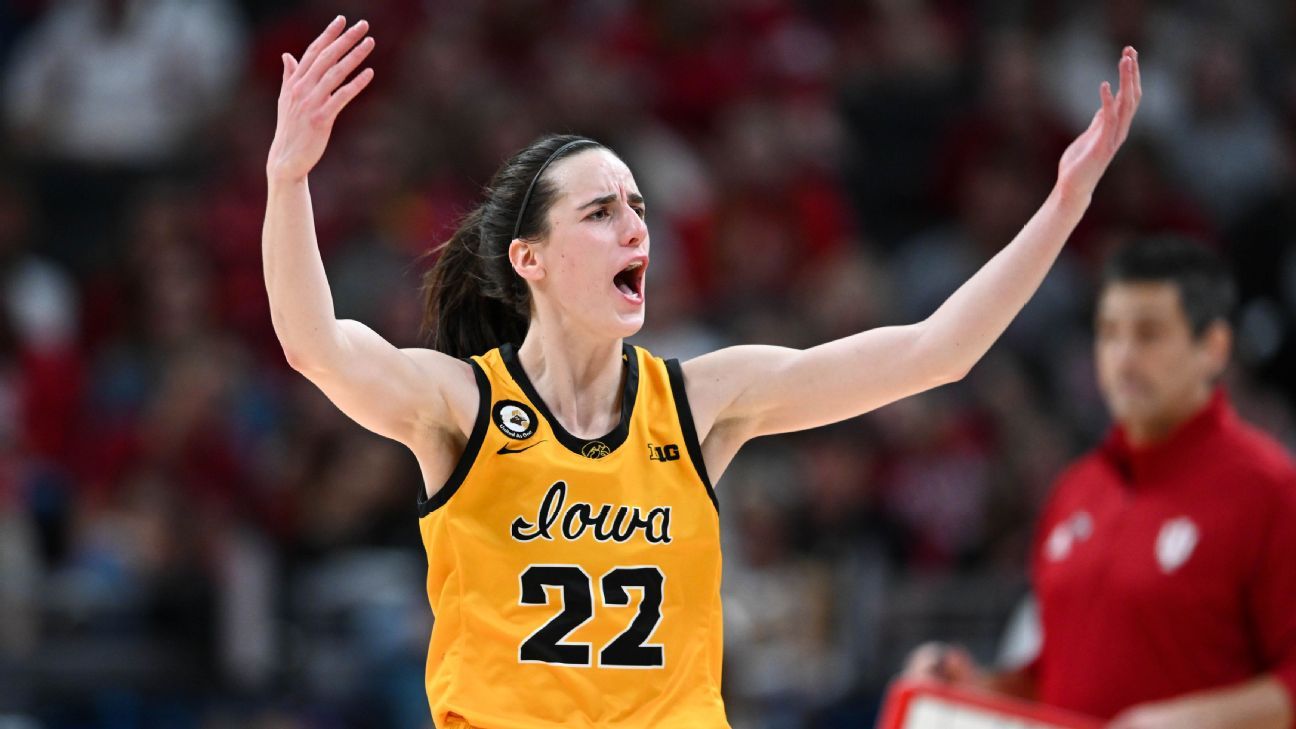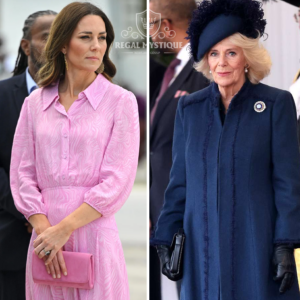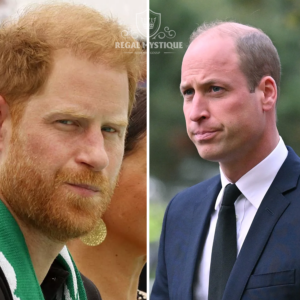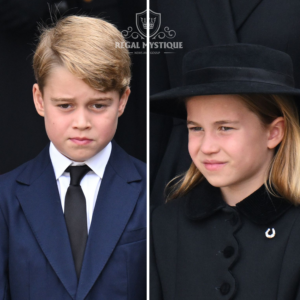In the 2024 NCAA Women’s Tournament, Iowa broke viewership records in three consecutive games. Their games drew an average of 12.3 million, 14.43 million, and 18.9 million viewers respectively, making the championship the most-watched basketball event since 2019. This surge in interest also led to sold-out seasons for Iowa women’s basketball and the first-ever sell-out for the women’s Big Ten Tournament.
Caitlin Clark is expected to be the No. 1 overall pick by the Indiana Fever in the 2024 WNBA Draft. With 36 of the Fever’s 40 games set for national broadcast, Clark’s debut promises extensive visibility. The draft airs on April 15 at 6:30 p.m. CT on ESPN.
Is it possible that Clark’s offensive skills translate to the WNBA?
Caitlin Clark holds the NCAA Division I scoring record, being the only player to achieve both 3,000 points and 1,000 assists since official recording began. With an impressive scoring average of 32.3 points per game this season and 28.3 for her career, she surpasses even WNBA legend Diana Taurasi’s collegiate averages. Experts anticipate her maintaining this scoring effectiveness in the WNBA, especially with a strong supporting cast including Aliyah Boston, NaLyssa Smith, Kelsey Mitchell, and Erica Wheeler.
However, WNBA defenses will present new challenges, with expectations of full-court pressure, disrupted passing lanes, and limited driving opportunities. Despite this, Clark’s long-distance shooting, including her famed logo 3-pointers, is expected to remain a key aspect of her game. Experts believe her offensive versatility will translate well to the professional level, making her a player to watch closely in her rookie season.
What will be Clark’s biggest obstacles on defense?

Caitlin Clark is expected to face her toughest transition yet as she enters the WNBA, a challenge common to rookies in the league. Even guards with defensive prowess often need time to adjust to the speed, strength, and skill level of their opponents, as well as the various offensive actions they must defend against.
While Iowa is not known for its defensive strength, Clark’s defensive abilities are not her strongest suit either. Opposing teams are likely to target her defensively, aiming to exploit any vulnerabilities she may have. Whether in half-court sets or transition plays, WNBA teams have the means to capitalize on the defensive inexperience of younger players like Clark.
“You’re guarding a great player every night, but also different kinds of great players,” a WNBA GM said. “And it’s the amount of times you get hit or bumped, like by multiple screens on the same play. You have to fight through so many different screening situations at our level.
“You don’t play zone very often. So if you play 30 minutes a game, you might have to defend, say, 60 different screens in the game. That’s a physical and mental adjustment. You have to know how you defend different screening, listen to your post players — it’s a lot of communication.”
Standing at 6 feet tall, Caitlin Clark possesses deceptive strength, but she is still developing physically. Opponents will attempt to exploit her size and strength, aiming to overpower her on the court.
“She’s extremely smart and driven,” a WNBA analyst said. “The biggest challenge is just the physical play.”
A WNBA coach said, “She will be put in a pick-and-roll situations where teams look to attack her off the bounce. On transition, she will have to work hard to stay in front of quicker, more experienced guards.”
There is also the different style of the pro game vs. college.
“There’s a learning curve with terminology and actions,” a WNBA coach said. “But she’s ready and has the right mindset.”
Will Clark be accepted in the league?
Caitlin Clark’s entry into the WNBA marks a significant milestone in her career, but it also brings a slew of challenges typical of rookies in professional sports. Despite her impressive college record and endorsement deals, transitioning to the WNBA demands a higher level of performance and adaptability. With brands like Nike supporting her, expectations are high.
Veterans in the league will test her, aiming to show her the rigors of WNBA competition. While her teammates will offer support, Clark must navigate the demands of professional basketball on her own, making key decisions under intense pressure.
Adjusting to the WNBA’s physicality and speed will be a challenge, as opponents will target her to disrupt her game. However, with her versatile skill set and adaptability, Clark is poised to excel.
Despite the obstacles, Clark’s potential for success is evident. As she embarks on this new chapter, fans eagerly await her transformation into a standout player in the WNBA.
What additional facets of the WNBA does Clark need to adapt to?

As Caitlin Clark’s fame continues to skyrocket, heightened security measures have become necessary for her safety during entrances and exits from arenas. Security concerns have become more prominent in the WNBA due to the increasing visibility of players and the league’s growing popularity.
Given that commercial air travel is the primary mode of transportation in the WNBA, ensuring Clark’s safe passage through airports without being overwhelmed by fans or media attention is a practical concern.
“The Fever have to be prepared,” commented a WNBA analyst. “They are going to need to have more security.”
Additionally, the demanding nature of WNBA travel, a longstanding topic of discussion and controversy, presents another challenge. “College kids get in the rhythm of two games a week,” noted one WNBA GM. “They don’t play five games in eight or nine days like we do.”
A WNBA analyst highlighted the rigorous schedule, particularly the challenges of road trips and back-to-back games. They questioned whether the Fever would want Clark on the court as much as she played in college, given that only four WNBA players averaged as many or more minutes in their 2023 season than Clark has in her college campaign (34.1 minutes per game).
Is Clark’s transition to professional ranks likely to enhance her prospects of making 2024 U.S. Olympic team?
Securing a spot on the 12-player squad for the Paris Olympics poses a tough challenge for Caitlin Clark or any WNBA rookie or college player.
Historically, USA Basketball has included WNBA rookies on the Olympic team, such as Taurasi in 2004, Parker in 2008, and Stewart in 2016. However, these players had already won multiple national championships before entering the league. Although Clark led Iowa to the NCAA final last season and has another chance this year, the competition for guard positions on the U.S. squad is intense.
Moreover, the timing works against college players like Clark. The final training camp for the Olympic team coincides with the women’s Final Four weekend, making it impossible for participants in the Final Four to attend. The Olympic squad is expected to be named before the start of the WNBA season, leaving little opportunity for players like Clark to showcase their skills.
Although Clark has USA Basketball experience and a strong college career, her chances of making the 2024 Olympics seem slim. However, her performance could set her up for future opportunities, with her prime candidacy likely for the 2028 Olympics when she will be more experienced in the WNBA.
News
Kate Middleton’s ‘heartbreak’ over William’s decision about their family’s future……
William, 41, and his brother Prince Harry, 39, previously attended Eton College, which broke the tradition of the older generation, including his dad the King, of attending a boarding school in Edinburgh Kate Middleton is “heartbroken” after an “argument” with Prince William over…
Shocking Claim: Queen Camilla & Kate Middleton Rumors Confirmed – Did She Really Do This?
Queen Camilla has become a very popular royal family member. When she and Prince Charles began dating and later married, the public was still outraged with her as she had been Charles’s mistress during his marriage to Princess Diana. However,…
Prince William Views Prince Harry as ‘Background Noise’ Amid Rift Over Explosive Memoir
Prince William is said to consider his brother Prince Harry as “background noise” after the younger brother released an explosive memoir. Prince William is reportedly “keeping his family away” from his brother due to a long-running rift between the pair. (Image:…
Prince Harry and Meghan Markle ‘insensitive’ for business ventures amid family turmoil, says royal expert
File image of Britain’s Prince Harry and Meghan, Duchess of Sussex attending the Royal Salute Polo Challenge charity match in Wellington, Florida on April 12(Reuters / Marco Bello) Prince Harry and Meghan Markle are facing backlash for their recent business…
Meghan Markle accused of treating California life like ‘prom event’ by ‘setting up’ shows to attend with Prince Harry
A royal expert has accused Meghan Markle of treating her life in Montecito, California like a “prom event,” and Prince Harry like “the prom king.” A royal expert has accused Meghan Markle of treating her life in Montecito, California like a “prom…
Princess Charlotte’s Boss Moment With Prince George Caught on Camera
Princess Charlotte telling Prince George “you need to bow” went viral on TikTok as she was praised for being “such a boss.” The young royal, nine, was seen giving her older brother, who turns 11 this month, some pointed advice on the day of Queen…
End of content
No more pages to load






